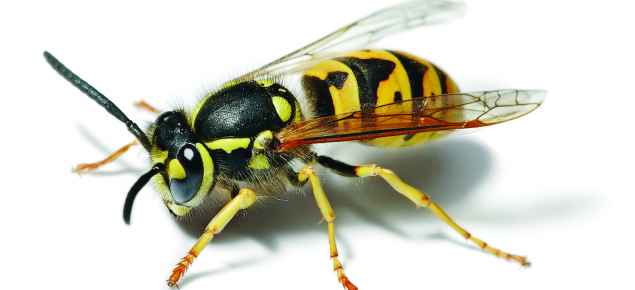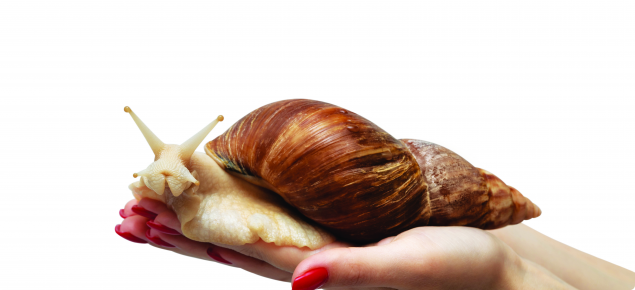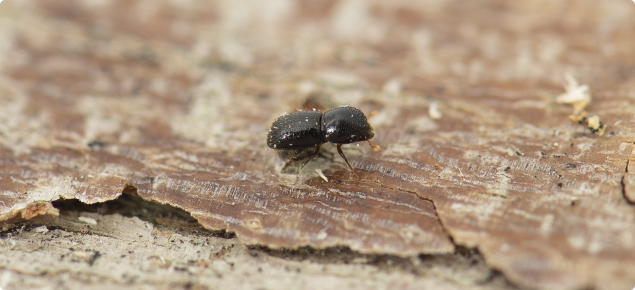Exotic insect pests pose a serious threat to our primary industries and the natural environment – even our way of life
If they cross our borders undetected they could cause big financial losses to our primary industries, both in lost production and loss of export markets.
Join WA’s biosecurity frontline
The community plays an important role in the first line of defence in helping prevent the entry and spread of exotic pests.
The Department of Primary Industries and Regional Development (DPIRD) works closely with other governments and industry to reduce the risk of unwanted pests entering WA with robust pre‑border, border and post-border controls.
However, an increasing volume of freight, mail, vehicles and travellers crossing WA’s borders is posing a challenge in finding every pest.
Help maintain WA’s strong biosecurity system by joining WA’s biosecurity frontline and checking for and reporting any exotic pest sightings!
Biosecurity should be part of everybody’s business, everyday practices, everywhere.
Where to look
Pests can hide in many places, including inside shipping containers, freight, vehicles, machinery, timber, food packaging and mail. So it is important to be on the lookout at all times.
Extra eyes on the ground enhances prevention and surveillance, which is the best way to keep invasive pests at bay, and also provides our trading partners with additional evidence that certain pests are absent from WA.
High priority hitchhiking pests for WA
Exotic and invasive pests have the potential to significantly impact food crops, harm human and animal health, and damage our natural environment.
Help protect our State by learning more about the pest stowaways that pose the greatest threat to WA, and report any suspect sightings.
Khapra beetle
The khapra beetle is a tiny but serious pest of stored grains, rice, almonds, pecans, pistachios, walnuts and dried grapes. It destroys grain quality, making it unfit for human or animal consumption. It has a long life cycle and is very resilient which makes it more difficult to eradicate. Australia is free of Khapra beetle and it is important it remains that way. It is the second most threatening plant pest for Australia.
Brown marmorated stink bug
The brown marmorated stink bug is an insect pest that feeds on fruit and nuts, including apples, pears, berries, cherries, cotton, dried grapes, hazelnuts, pecans, table grapes, truffles, walnuts and vegetables. They could devastate WA orchards. They can also invade buildings in their thousands.
Invasive ants
Includes the red imported fire ant, yellow crazy ant, electric ant, tropical fire ant and browsing ant. They can form super colonies and negatively impact our agricultural yields.
Exotic snails
Includes the giant African snail, golden apple snail, and chocolate banded snail. Invasive snails can feed on a wide range of crops and water plants, and negatively affect our primary industries.
Asian gypsy moth
Caterpillars are voracious eaters and can completely defoliate trees. They could significantly negatively affect our local natural environment and agricultural industries.
Exotic honey bees
Exotic honey bees include, the Asian honey bee, giant honey bee, dwarf honey bee, Cape honey bee, African honey bee and the Africanised honey bee. They can be aggressive, robbing honey from European honey bees and taking over hives. When crossing the borders they can also bring in mites and other pests.
European wasp
The European wasp is one of the world’s worst wasps that aggressively scavenges on human food and drink. It also builds huge underground nests. These wasps could significantly impact our agricultural and horticultural industries. They also rob beehives, and predate on native bees and insects.
Exotic longhorn beetles and tree borers
Includes burnt pine longhorn beetle, Asian longhorn beetle, white spotted longhorn beetle, citrus longhorn beetle, oriental powderpost beetle and shot hole borers. Larvae bore into the wood of living trees or dead parts of trees, and into untreated timber, buildings and furniture. They could cause devastation to our apple and pear orchards and to the native bush. This includes the Polyphagous shot-hole borer (PSHB) which is exotic to Australia. PSHB is a tiny borer which is considered both an agricultural and environmental pest due to its wide range of host species including avocado, citrus, native and amenity trees.
Exotic termites and timber borers
This list includes the European house borer, drywood termite, western drywood termite, West Indian drywood termite, formosan subterranean termite and the Asian subterranean termite. They are a major pest of softwood and hardwood structural timber. They can also survive for years without being detected.
More information is available in DPIRD's hitchiking pests brochure or from the Commonwealth's Department of Agriculture, Water and the Environment (DAWE) - W: agriculture.gov.au/cargopests
Report
In imported goods, containers and parcels
Commonwealth Department of Agriculture, Water and the Environment
- See. Secure. Report hotline - 1800 798 636
- awe.gov.au/report
If you find something suspect – close, cover and isolate and immediately call the Commonwealth Department of Agriculture, Water and the Environment's (DAWE) See. Secure. Report. Hotline on – T: 1800 798 636.
On your property
WA Department of Primary Primary Industries and Regional Development's (DPIRD) Pest and Disease Information Service (PaDIS)
- (08) 9368 3080
- padis@dpird.wa.gov.au





